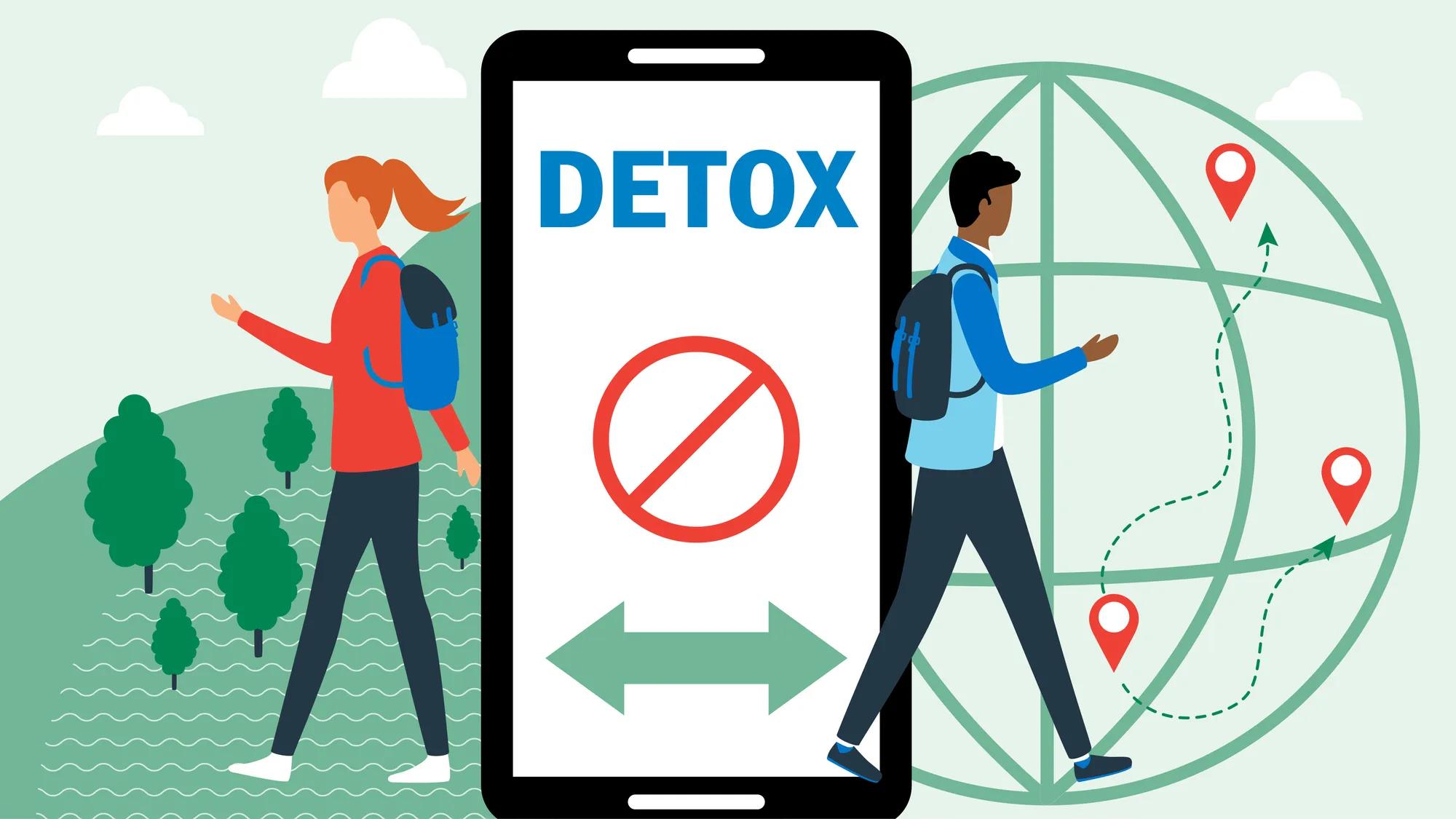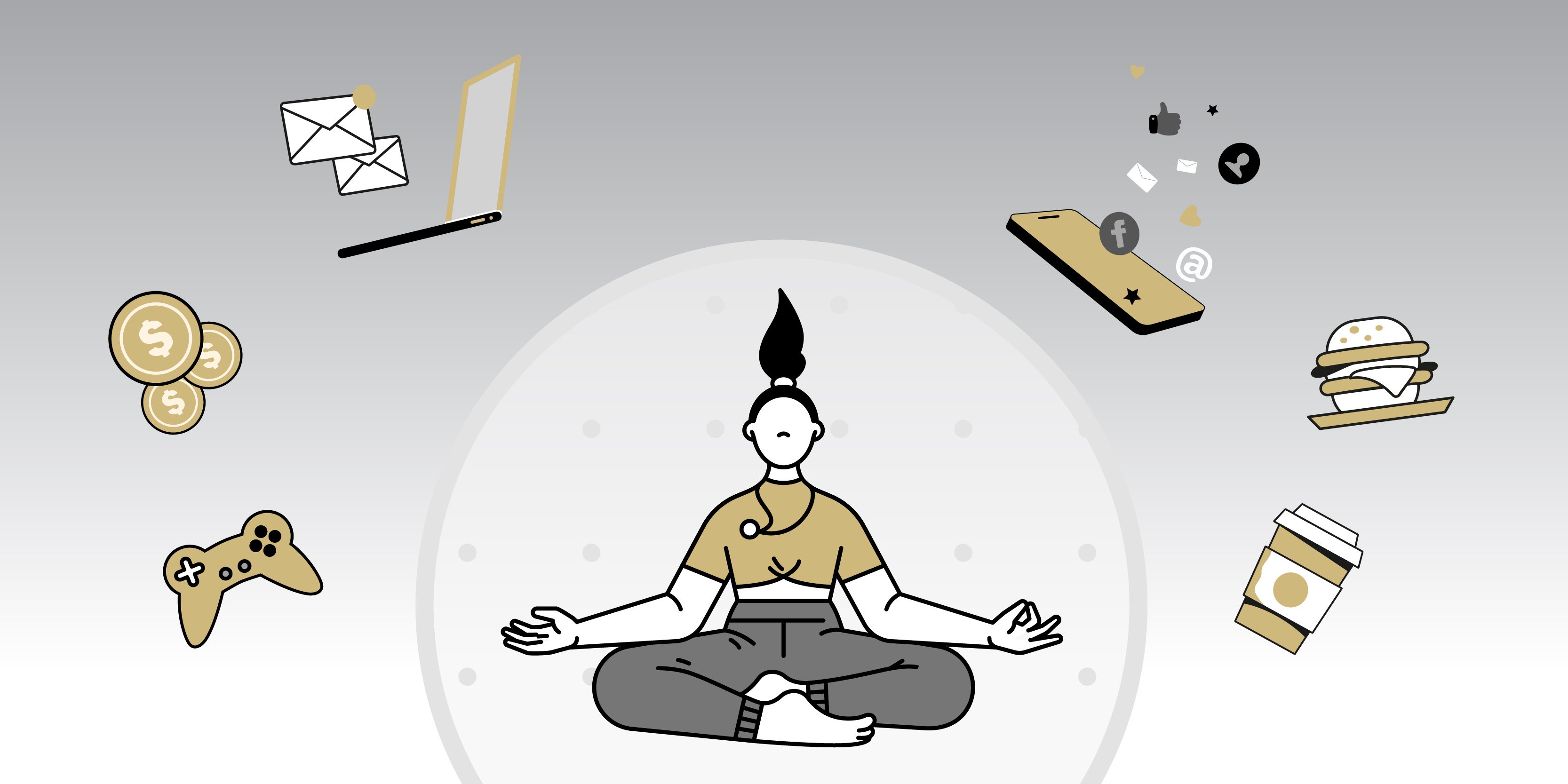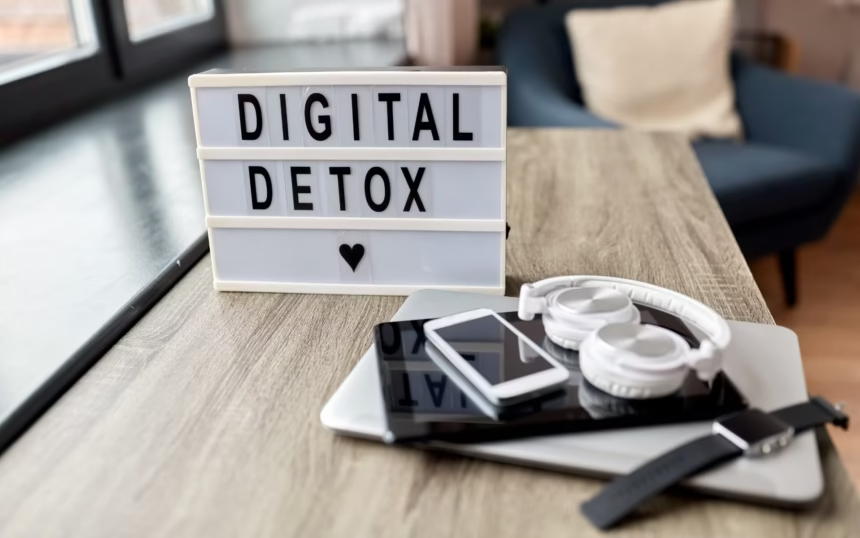Introduction
In an era where smartphones, social media, and screens dominate our waking hours, a powerful new wellness trend is taking root—digital fasting. Much like intermittent fasting in nutrition, digital fasting involves scheduled breaks from all digital devices to restore mental clarity, reduce anxiety, and reset your brain. As screen fatigue and digital burnout continue to rise, people are turning to tech-free living as a form of mental detox. But what exactly is digital fasting, and how can it benefit your brain health in 2025?
What Is Digital Fasting?

Digital fasting refers to the intentional practice of abstaining from electronic devices—such as phones, tablets, computers, and even smartwatches—for a designated period. The goal is to minimize screen exposure and reclaim attention, focus, and emotional balance. Popular among mindfulness practitioners and wellness influencers, the trend is also being embraced by neuropsychologists as a legitimate tool to improve mental health.
Why Is It Gaining Popularity in 2025?
According to a 2025 report by the World Health Organization, global screen time has increased by 30% since the pandemic, with many adults spending over 9 hours per day on digital devices. This rise correlates with higher reports of anxiety, sleep disturbances, attention disorders, and depression.
Enter digital fasting. Backed by studies from Psychology Today and NCBI, the practice is shown to reduce cognitive overload, improve sleep, and enhance mood. Companies are even adopting tech-free retreats for employees as part of corporate wellness programs.
Benefits of Digital Fasting
- Improved Mental Clarity: Reduced distractions help sharpen focus and decision-making.
- Decreased Anxiety: Less exposure to social media and constant alerts lowers cortisol levels.
- Better Sleep Quality: Eliminating screen time before bed improves melatonin production.
- Reinforced Human Connection: Tech-free time promotes real conversations and mindfulness.

How to Start Your Digital Fast
Getting started doesn’t mean you need to throw your phone in a drawer for a week. Try these beginner steps:
- Start Small: Begin with 1–2 hours a day, gradually increasing to full-day fasts.
- Schedule It: Block off digital-free time in your calendar, such as Sunday mornings or dinner hours.
- Use Analog Tools: Replace apps with physical books, notebooks, or alarm clocks.
- Communicate: Let family and coworkers know you’ll be offline during certain hours to avoid stress or confusion.
Tips to Make It Effective
- Turn off notifications or use Do Not Disturb mode during fasting periods.
- Keep your phone in a different room to avoid temptation.
- Join a digital fasting group or challenge for accountability.
Is Digital Fasting for Everyone?

While digital fasting is widely beneficial, it may not be practical for those whose work requires constant connectivity. In such cases, partial fasting—such as cutting out social media or non-essential screen time—can still provide meaningful mental health benefits. Even a few hours of screen-free time per day can make a significant difference.
Conclusion
As digital overload becomes a modern epidemic, digital fasting offers a simple yet transformative solution. Whether you’re seeking mental clarity, emotional balance, or better sleep, taking regular breaks from your screens could be the wellness reset your brain needs in 2025. Start small, stay consistent, and enjoy the peace of mind that comes from unplugging.
Looking to explore more wellness strategies? Read our guide on How Dopamine Fasting Can Improve Your Focus and Top Mental Health Trends of 2025.









